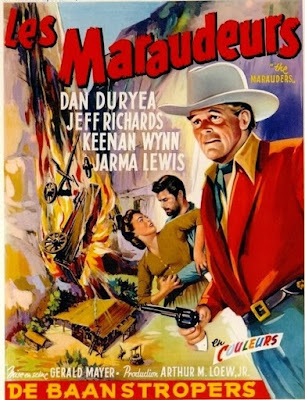A classic screenwriting steal for shrinking down a big plotty novel notes how SIX DAYS OF THE CONDOR got winnowed down to THREE/’75. And, going in the opposite direction, an oft-copied template for loading on missing narrative thru lines (Kids’ Lit edition) uses Disney’s work on the largely plotless MARY POPPINS/’64 books as a model. That must have been the idea on this delightful pic about the little orphaned bear from Darkest Peru, who's spontaneously adopted by a posh London family. But, wait a tick, turns out, they’ve haven’t just gleaned a few structural lessons off POPPINS; they’ve ripped her off! It's an awfully similar family of four, living in an awfully similar London townhouse. Older sister/kid brother; slightly spacey, if well-intentioned mom; stressed-out dad who learns to loosen up & show affection. A nosy neighbor to spot the magical visitor who just happens to fly via umbrella on a gust of wind before bringing magic into everyone’s life. What? No fancy bank for a mini-riot? No problem, set your mini-riot at a similarly formal Explorers' Club. And be sure to find a surrogate father to get drummed out of the place. You can still end with Father & Son bonding over a kite . . . er, rocket launch, but only after Paddington Bear jumps right into a picture on a movie screen instead of a sidewalk. And, since POPPINS hasn’t much in the way of a traditional villain, bring in Nicole Kidman as Cruella De Vil from 101 DALMATIANS/’61. Lifts and all, this is pretty adorable (and imaginative) stuff. And blissfully short on logical explanations. Things just are as they are. Cheers!
DOUBLE-BILL: The film begs comparisons to recent family fare like FANTASTIC MR. FOX/’09 and HUGO/’11, except that the kids will actually like this one. You, too.
ATTENTION MUST BE PAID: Hey! It’s a new LABEL! 'Cause Attention Must Be Paid to the fabulous sound design, especially in the orchestration & recording of the music score. Really stunning sound; those strings! We take this stuff for granted, but shouldn’t.




























